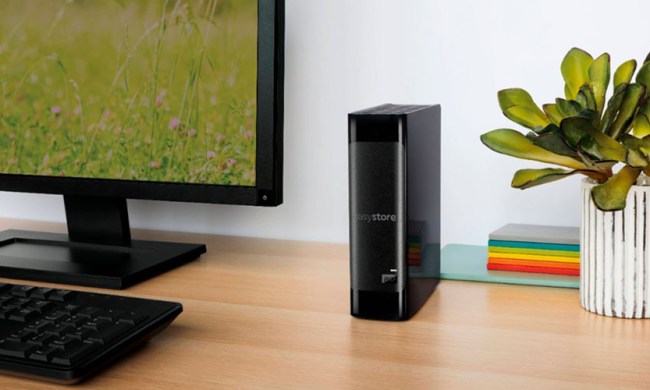
There’s some sobering news for executives at Redmond, as two analytics companies are reporting that Windows’ share of the computer market has dipped below 90 percent for the first time in almost two decades — the figure is as low as it has been since the days of Windows 95 and the all-new Start button.
The reports cover all versions of Windows from XP onwards, running on both laptops and desktops. NetMarketShare has the figure at 89.96 percent, while StatCounter puts it at 89.22 percent. It’s certainly something for incoming CEO Satya Nadella to think about as he gets his feet underneath the table, as Microsoft’s traditional sources of income continue to be threatened in a rapidly changing market.
Apple’s Mac OS X remains a long way behind, but it’s on the rise. The operating system is on 8.16 percent according to NetMarketShare and 8.34 percent according to StatCounter. It was well under 5 percent back in 2009, and in the year 2000 was just 2.84 percent, so you can get some idea of the inroads that it’s making.
SeekingAlpha was one of the first news outlets to report the figures, which are based on March 2014 usage. Microsoft will be hoping that the new breed of laptop/tablet hybrids that are entering the market, or perhaps the promise of free operating system upgrades, will be enough to reverse the slide. Meanwhile, Chrome OS is another platform that Microsoft has to keep an eye on in its rear view mirror.


